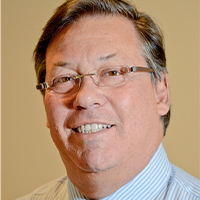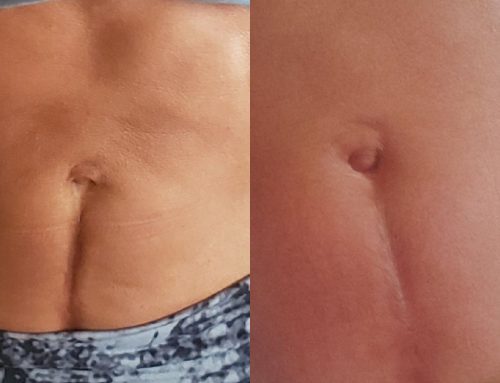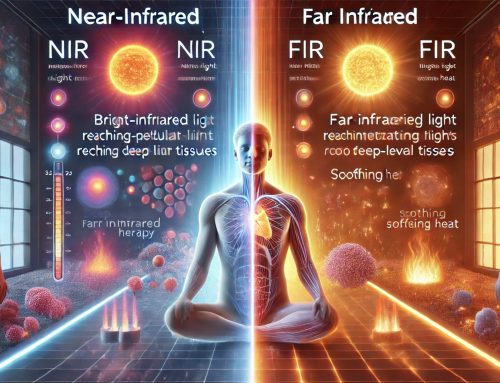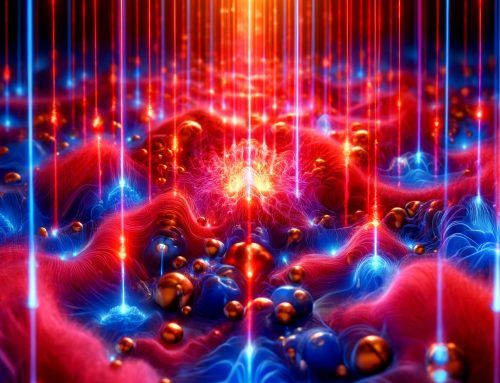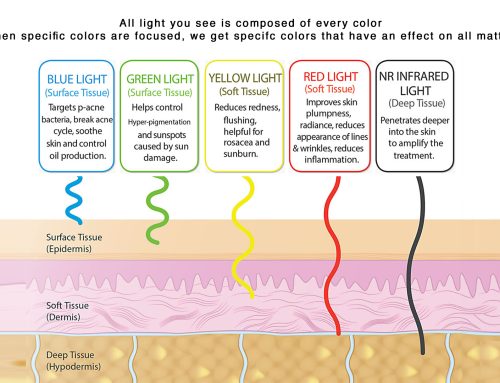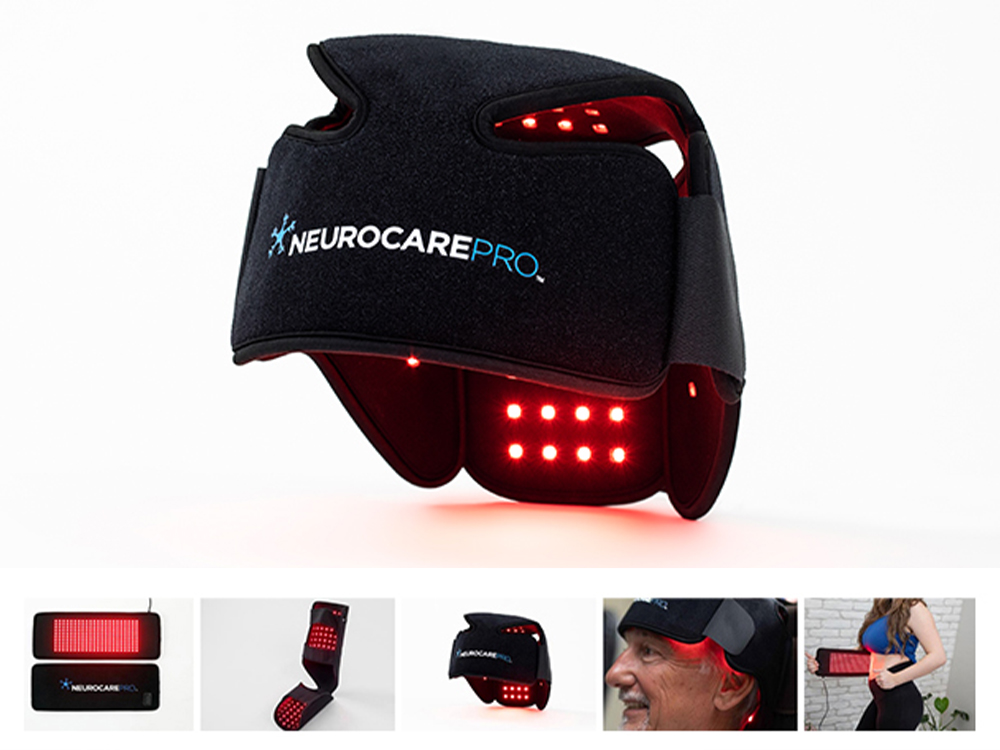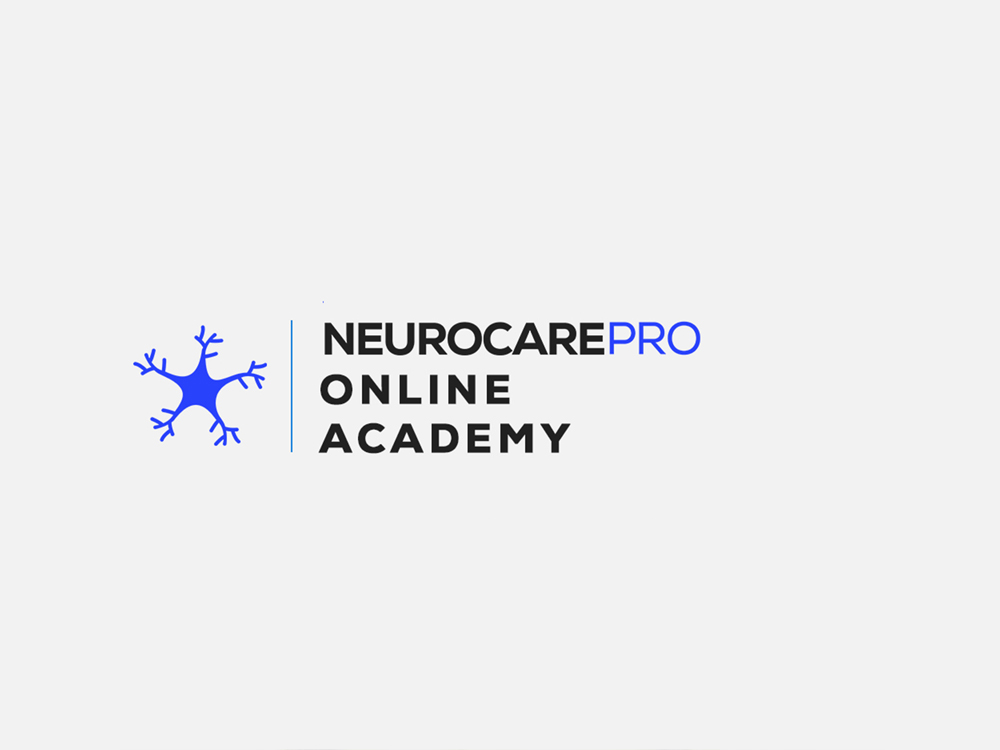Red light therapy has become a popular buzzword in recent years, touted for its potential to treat a variety of ailments. But is all red light therapy created equal? The answer, surprisingly, is no.
While many products, including some novelty Christmas light-inspired devices, claim to offer red light therapy benefits, they often fall short of the mark. To truly understand the science behind effective light therapy, we need to delve deeper into the spectrum of light and its interaction with the human body.
Beyond the Red: The Power of Near-Infrared Light
While red light is the visible portion of the spectrum that our eyes can perceive, it’s near-infrared (NIR) light that holds the key to therapeutic benefits. NIR light penetrates deeper into tissues, reaching the mitochondria, the powerhouses of our cells. This deeper penetration allows NIR light to stimulate cellular processes, promoting healing, reducing inflammation, and improving tissue repair.
Photobiomodulation: The Science Behind the Light
The medical community often refers to red light therapy as photobiomodulation (PBM), low-level laser therapy (LLLT), or phototherapy. These terms emphasize the scientific basis of using specific wavelengths of light to induce beneficial biological changes. PBM therapy uses precise dosages and wavelengths of light, often including NIR light, to achieve targeted therapeutic effects.

Christmas Lights vs. Medical-Grade Devices: A World of Difference
So, what about those Christmas light-inspired red light therapy gadgets? While they may emit some red light, they often lack the necessary NIR wavelengths, dosage control, and safety features of true PBM devices. Using them for therapeutic purposes might be akin to decorating your body with Christmas lights – festive, perhaps, but unlikely to deliver any real health benefits.
The Role of the Sun Tanning Industry
Interestingly, the red light therapy industry has historical ties to the indoor tanning industry. Many early red light therapy devices were repurposed tanning beds, simply swapping out the ultraviolet bulbs for red and NIR LEDs. However, it’s crucial to understand that indoor tanning and therapeutic PBM are worlds apart. Indoor tanning exposes the skin to harmful UV radiation, increasing the risk of skin cancer and premature aging. PBM therapy, on the other hand, utilizes safe, low-energy light to stimulate healing and regeneration.
Choosing the Right Light for Your Health
Navigating the world of red light therapy can be confusing. If you’re considering using light therapy for health purposes, here are some key takeaways:
- Look for devices that emit near-infrared (NIR) light, not just red light.
- Choose PBM devices with proper dosage control and safety features.
- Avoid novelty red light therapy gadgets, especially those resembling Christmas lights.
- Consult a healthcare professional before using light therapy for any medical condition.
By understanding the science behind light therapy and making informed choices, you can harness the power of light for improving your health and well-being. Remember, not all that glitters is gold – or, in this case, not all red lights are created equal. Choose wisely and let the true science of light guide you on your journey to radiant health.
Additional Resources:
World Health Organization: Guidelines for the safe use of light-emitting diode (LED) devices for general illumination purposes
North American Laser Therapy Association: What is Photobiomodulation?
National Center for Complementary and Integrative Health: Red Light Therapy
I hope this information helps you navigate the world of red light therapy and make informed choices for your health. Remember, when it comes to your well-being, knowledge is power, and shining a light on the science behind these therapies is the first step towards harnessing their true potential.
If you have any other questions feel free to contact us for more information and how Neurocare Pro can potentially benefit you.
Visit Our Learning Center:
https://neurocarepro.com/learning-center/
Visit our YouTube page for more:
https://www.youtube.com/@neurocarepro
About Neurocare Pro
Neurocare Pro has established itself as a frontrunner in the realms of photobiomodulation, light therapy, and red light therapy, primarily through its range of FDA registered Class II medical devices. These innovative products are not only a testament to the company’s commitment to quality and safety but also reflect its dedication to pioneering advanced therapeutic solutions. By integrating the latest scientific research and technological advancements in light therapy, Neurocare Pro’s devices offer targeted, non-invasive treatments that harness the power of light for healing and rejuvenation. Their FDA registration underlines the rigorous testing and compliance standards they have met, instilling confidence in both healthcare professionals and patients. This distinction positions Neurocare Pro at the forefront of a rapidly evolving field, leading the way in providing effective, reliable, and cutting-edge treatments for a variety of health conditions. Their devices, widely recognized for their efficacy and innovation, are helping to shape the future of light therapy, offering new hope and improved quality of life for those seeking alternative and complementary therapeutic options.
